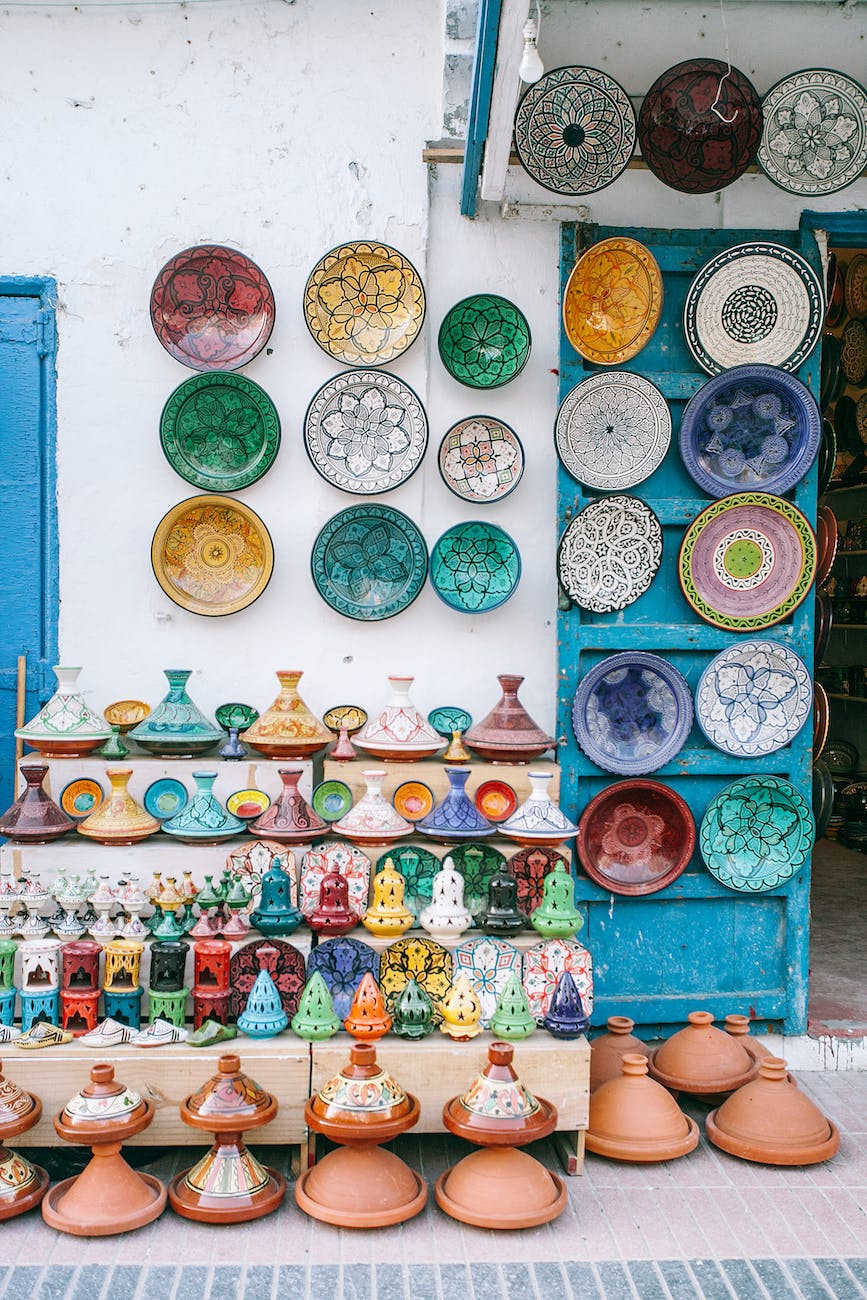Barter Systems: An Ancient Economic Model’s Modern Revival
Introduction: The Timeless Appeal of the Barter System
Before the allure of the shiny coin or the weight of a banknote, societies leaned on a simpler economic model: the barter system. It was a world where goods met goods without the intermediary of cash. While this ancient system might evoke images of pastoral civilizations and historic marketplaces, bartering is making quite the comeback in today’s digital age. Let’s embark on a fascinating journey of trade, trust, and timeless transaction.
Understanding the Barter Economy

Definition of a Barter System
The word “barter” derives from the Old French word ‘barater’, which means “to exchange for”. A **barter system** is essentially an economic model wherein goods and services are exchanged for other goods and services without the use of money. It’s an immediate and mutual exchange based on perceived value. While cash economies rely on a standardized measure of value, in a barter economy, value is subjective and based on need and availability. [source]
Origins: Where It All Began
Bartering likely started the moment early human societies recognized mutual needs. Historical records indicate that barter systems were prevalent in ancient Egypt, where grains were traded for staple goods. The absence of a standardized currency made such systems vital for survival, especially among nomadic tribes and clans who constantly adapted to new environments and resources. [source]
Examples of Barter Systems Across History

Ancient Egypt: Trade Along the Nile
The Nile wasn’t just the lifeblood of Ancient Egypt in terms of sustenance but also trade. Records depict exchanges of wheat for fabrics or oils, illustrating the barter economy at play. These trades weren’t just economic but also played roles in diplomacy, with neighboring states often engaging in barter-based treaties. [source]
Medieval Europe: Necessity During Dark Times
With the fall of the Roman Empire and its coinage system, bartering resurfaced as the economic lifeline during Europe’s Dark Ages. Local fiefdoms would exchange goods, often agricultural, based on immediate needs, bypassing the need for a standardized currency. [source]
Indigenous Tribes: Community-based Bartering
In indigenous societies, barter was more than an economic tool. It was a form of social interaction, cementing alliances, and fostering community ties. The Maasai of Africa, for instance, traditionally engaged in cattle bartering, with the livestock serving both economic and symbolic roles. [source]
The Modern Revival of the Barter Economy

Bartering in Today’s Digital Age
Modern tech has given the ancient barter system a digital facelift. Online platforms, from dedicated barter websites to community forums, are facilitating trades without cash ever changing hands. From services like graphic designing to tangible goods like handcrafted jewelry, the digital realm is witnessing a barter renaissance. [source]
Bartering Post-Economic Crises
Following significant economic downturns, like the 2008 financial crisis, bartering saw a resurgence as people began to trust tangible trades over unstable currencies. Greece, for instance, saw the rise of local barter networks when cash was tight during its debt crisis. [source]
The Advantages & Challenges of Modern Barter Systems

Benefits: Sustainability and Personal Connection
Bartering promotes reuse and reduces wasteful consumerism, echoing the principles of a sustainable economy. Moreover, it brings back the personal touch, fostering connections and trust in an increasingly impersonal market.
Drawbacks: Valuation and Limited Scope
The very subjectivity that defines bartering can also be its Achilles heel. Determining equivalent value can be tricky, leading to potential disputes. Furthermore, the barter system’s scope is limited by the immediate needs and availability of both parties, potentially stymying broader economic growth.
Conclusion: The Timelessness of Barter
From ancient riverbanks to digital forums, the barter system is an enduring testament to human adaptability and ingenuity. As we further examine our economic models, especially in light of sustainability and community, bartering offers lessons, both ancient and modern. The dance of exchange continues, resonating with the beats of both history and innovation.
Do not forget to check out all of our exciting free tools! Calculators, quizzes and downloadable checklists all for free.
















